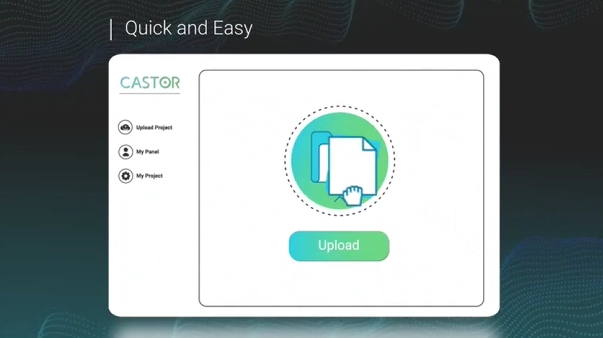CASTOR

Optimize manufacturing and increase profitability by using industrial 3D Printing
CASTOR is a leading industrial 3D Printing software company that enables manufacturers to optimize manufacturing and increase profitability by using industrial 3D Printing. CASTOR solves the challenge of identifying where, when, and how to utilize the benefits of additive manufacturing, by automating the process of screening parts and highlighting the parts that make a good business case for AM.
CASTOR's software can analyze thousands of parts at once and identify opportunities where Additive Manufacturing makes sense, from a technical, economical, and sustainable point of view. Whether a company's initiatives are cost reduction, sustainability, or supply chain resilience, CASTOR helps engineers scale the AM journey.
CASTOR is quick and easy to use. Upload your 3D CAD files or 2D drawings from your integrated PLM or AM platform or load them into CASTOR’s software and receive a report with insights and recommendations.
Benefits And Features
Material Properties Analysis
Comparing the 3D printed parts’ mechanical properties to traditional manufacturing material properties.
Geometry Limitations Analysis
Checking whether each feature within the parts stands in the manufacturability of 3D Printing.
Stress Analysis
Considering external loads acting upon parts, using a unique-to-AM Finite Elements Analysis.
Training and Resources
You might be interested in...
© 2025 Hexagon AB and/or its subsidiaries


